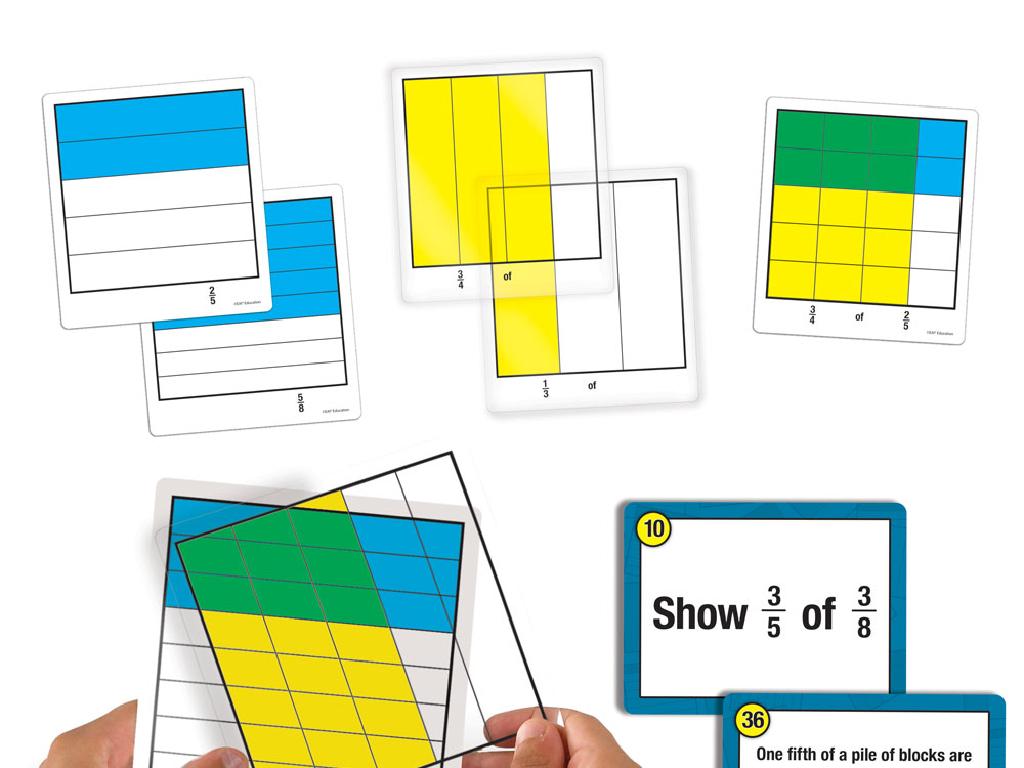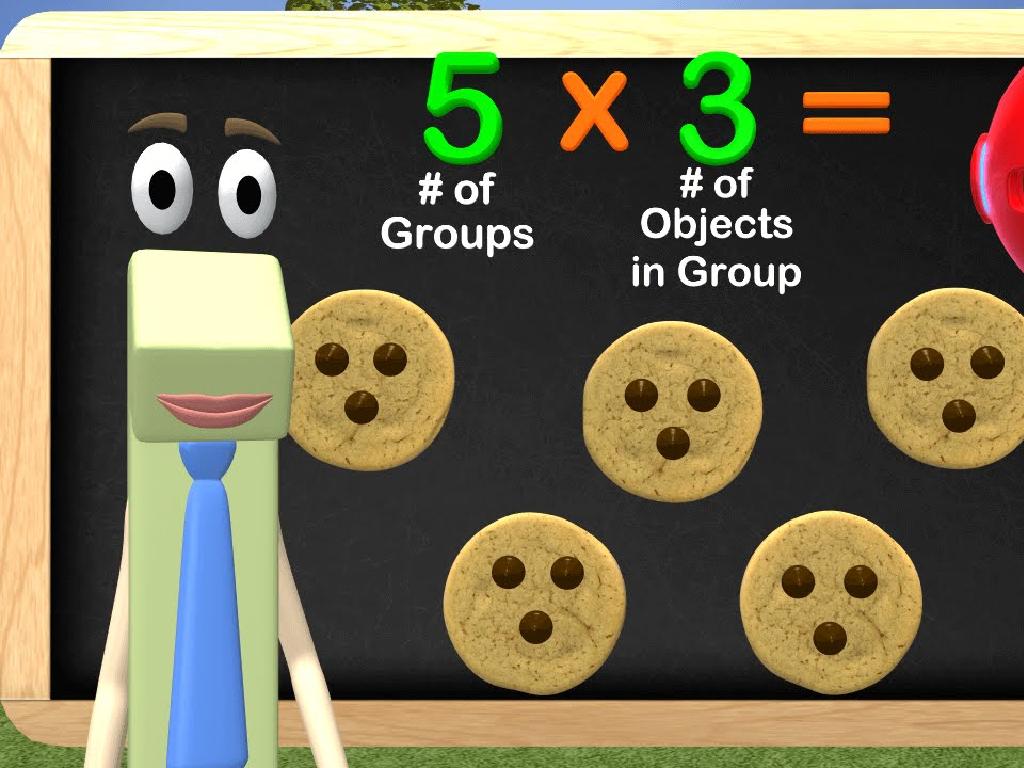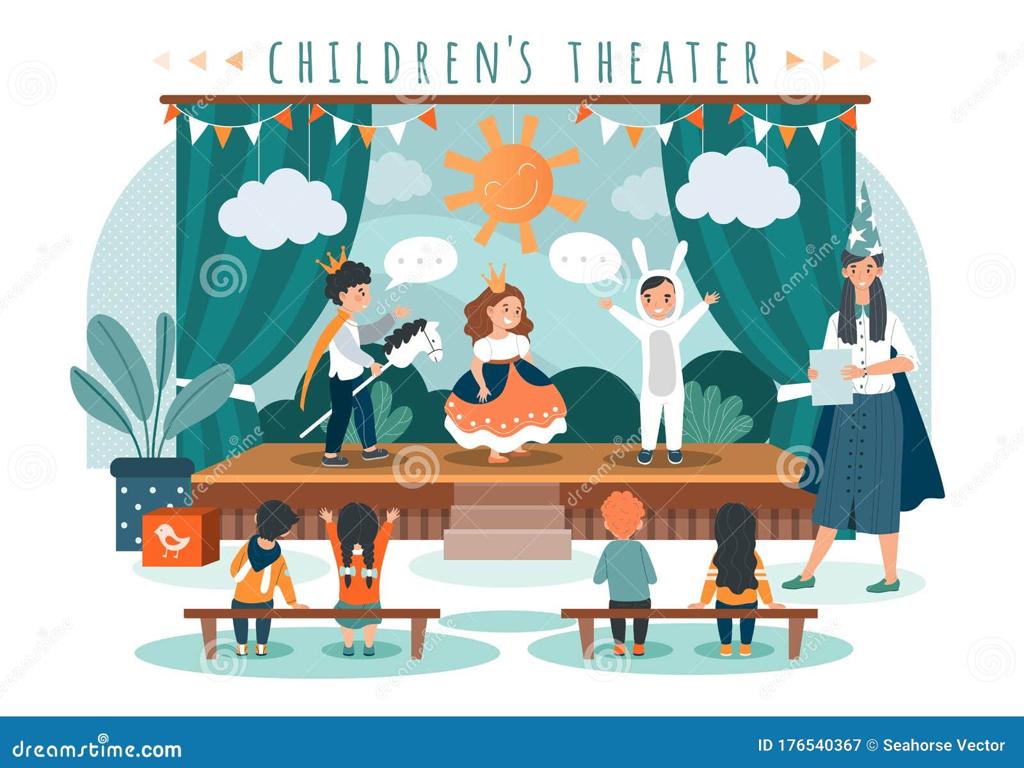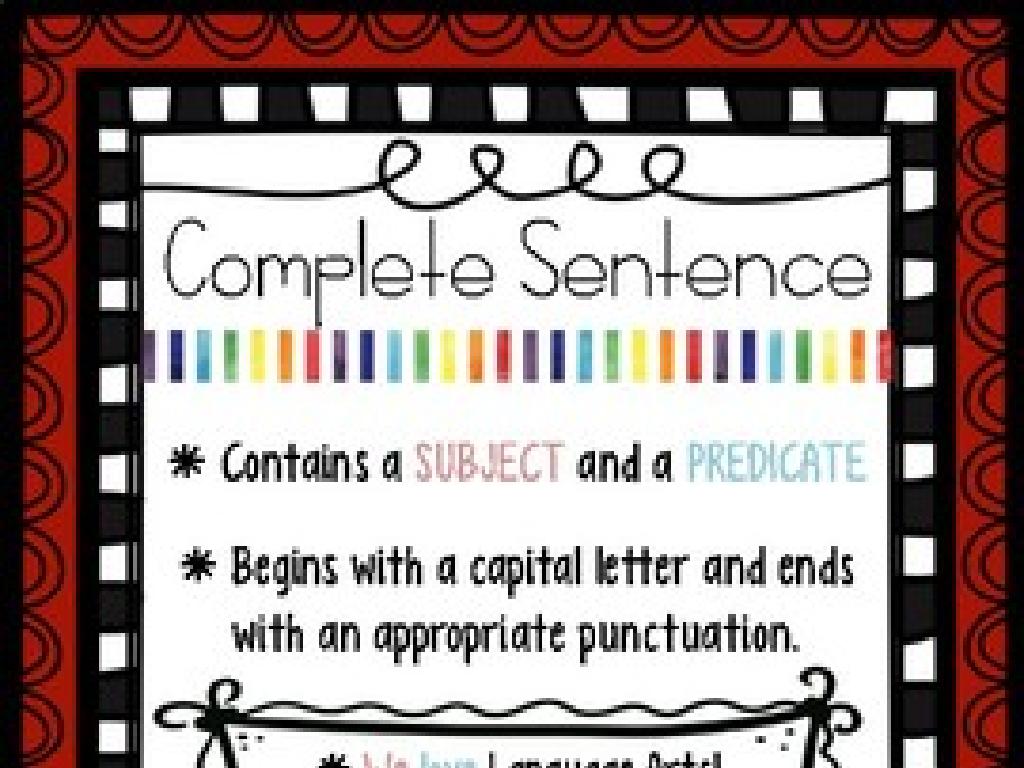Developing And Supporting Arguments
Subject: Language arts
Grade: Fifth grade
Topic: Summarizing
Please LOG IN to download the presentation. Access is available to registered users only.
View More Content
The Power of Summarizing
– What does summarizing mean?
– Summarizing is like telling a short version of a story.
– The value of summarizing
– It helps us remember and explain the main points.
– Summarizing in daily life
– Like telling a friend about a movie without all the details.
– Practice summarizing
|
Introduce the concept of summarizing as the skill of condensing information into a shorter, focused version that highlights the main points. Emphasize why summarizing is a crucial skill, not only for academic success but also for everyday communication. It aids in comprehension, retention, and sharing of information efficiently. Provide relatable examples, such as explaining a movie plot or a day at school in a few sentences. Encourage students to think of times they have naturally summarized without realizing it. Conclude with an activity where students practice summarizing a paragraph from a familiar story or an article.
Key Elements of a Summary
– Identify the main idea
– The main point or theme of a text
– Find supporting details
– Facts or examples that back up the main idea
– Keep it brief and concise
– Summarize without extra details or opinions
|
When teaching students to summarize, start by explaining the importance of identifying the main idea, which is the central message or point the author is trying to convey. Then, discuss how to find supporting details that reinforce this main idea. These details should be relevant and help explain or clarify the main idea. Emphasize the need for brevity in a summary; students should learn to distill information down to its most essential elements without adding personal opinions or unnecessary information. Use examples from texts familiar to the students and practice summarizing as a class to reinforce these concepts.
Developing Strong Arguments
– Understanding arguments
– An argument is a reason or set of reasons given to persuade others that an action or idea is right or wrong.
– Forming a strong argument
– Start with a clear claim, provide evidence, and explain how the evidence supports your claim.
– Fact vs. Opinion
– Facts are statements that can be proven true or false. Opinions are beliefs or views and cannot be proven.
– Building your case
|
In this slide, we introduce the concept of an argument in the context of persuasive writing. Students will learn that an argument is not just a disagreement but a structured way to present a viewpoint. Emphasize the importance of a well-formed argument that includes a clear claim supported by evidence. Discuss the distinction between fact and opinion, highlighting that facts are verifiable and opinions are personal beliefs. Encourage students to think critically about the evidence they use to support their arguments and to differentiate between factual support and opinion-based reasoning. This will help them in developing convincing arguments and in evaluating the arguments of others.
Supporting Arguments with Evidence
– Understand types of evidence
– Facts, statistics, quotes from experts, and examples are types of evidence.
– Linking evidence to arguments
– Connect evidence to your point to make your argument stronger.
– Examples: strong vs. weak evidence
– Strong evidence is reliable and directly related to the argument, unlike weak evidence.
– Practice distinguishing evidence
|
This slide aims to teach students how to strengthen their arguments by using various types of evidence. Start by explaining what evidence is and the different types that can be used, such as facts or quotes from credible sources. Discuss how evidence should be linked to the argument to make it convincing. Provide clear examples of strong evidence that is directly related to the argument and contrast it with weak evidence that may be unreliable or less relevant. Encourage students to practice by evaluating different pieces of evidence and deciding if they are strong or weak, and why. This will help them in developing critical thinking skills and in crafting well-supported arguments in their writing.
Practice: Summarize a Story
– Read a short story as a class
– Find the main idea together
– The main idea is what the story is mostly about
– Pick out supporting details
– Details that help explain the main idea
– Collaborate on a class summary
– Use the main idea and details to write a short version of the story
|
This slide is designed for a class activity focused on summarizing a story. Start by reading a short story together, ensuring that it is appropriate for the fifth-grade level and engaging for the students. After reading, guide the class to identify the main idea of the story, which is the central message or point that the author wants to convey. Then, help students to recognize supporting details that bolster the main idea. These details are pieces of information that give more depth and clarity to the main idea. Finally, collaborate with the students to create a summary of the story. This summary should be concise, capturing the essence of the story without extraneous details. Encourage students to participate actively in this process, as it will help them understand how to distill information and improve their comprehension skills. The teacher’s notes should include guidance on facilitating discussion, ensuring all students contribute, and how to help students differentiate between crucial details and less important information.
Group Activity: Forming Arguments
– Break into small groups
– Choose a side of an argument
– Find story evidence for support
– Look for facts, examples, or events in the story that back up your opinion
– Discuss and prepare to present
– Get ready to explain why your evidence is strong
|
This activity is designed to help students practice developing and supporting arguments by using evidence from a text. Divide the class into small groups of 3-4 students. Each group will choose one side of a predetermined argument related to a story they have read. They must then scour the story to find evidence that supports their stance. This could include direct quotes, plot events, or character actions and motivations. After gathering evidence, groups will discuss their findings and prepare a short presentation to share with the class. For the teacher: provide guidance on what constitutes strong evidence, monitor the groups to ensure productive discussion, and prepare to facilitate sharing time where each group can present their argument and evidence.
Presenting Your Arguments
– Groups present arguments and evidence
– Class votes on convincing arguments
– Discuss strengths of arguments
– What made some arguments more persuasive?
– Reflect on improving arguments
– How can we make our arguments stronger?
|
In this activity, students will have the opportunity to present the arguments they have developed in their groups. Each group will share the evidence they have gathered to support their argument. After all presentations, the class will vote on which argument they found most convincing, fostering a sense of healthy competition and critical thinking. Following the vote, lead a discussion on what made certain arguments stronger, such as the use of clear evidence, logical reasoning, and emotional appeal. Encourage students to reflect on how they can improve their own arguments in the future. This exercise not only helps students with public speaking and persuasion but also with listening critically and evaluating the strength of different arguments.
Summarizing & Arguments: Conclusion & Homework
– Recap: Summarizing & arguments
– Homework: Write a summary
– Summarize the article’s main points
– Develop an argument
– Create a clear argument about the article’s idea
– Use evidence to support
– Find facts or details in the article to back up your argument
|
As we conclude today’s lesson on summarizing and developing arguments, remind students of the key points discussed. For homework, they are to write a summary of an article provided, ensuring they capture the main ideas in a concise form. Then, students should develop an argument about the article’s main idea, using evidence from the text to support their stance. This exercise will help reinforce their understanding of summarizing content and constructing logical arguments based on evidence. Encourage creativity and critical thinking, and remind them to cite specific parts of the article to strengthen their arguments. In the next class, we will review these summaries and arguments to discuss the effectiveness of their evidence and reasoning.






